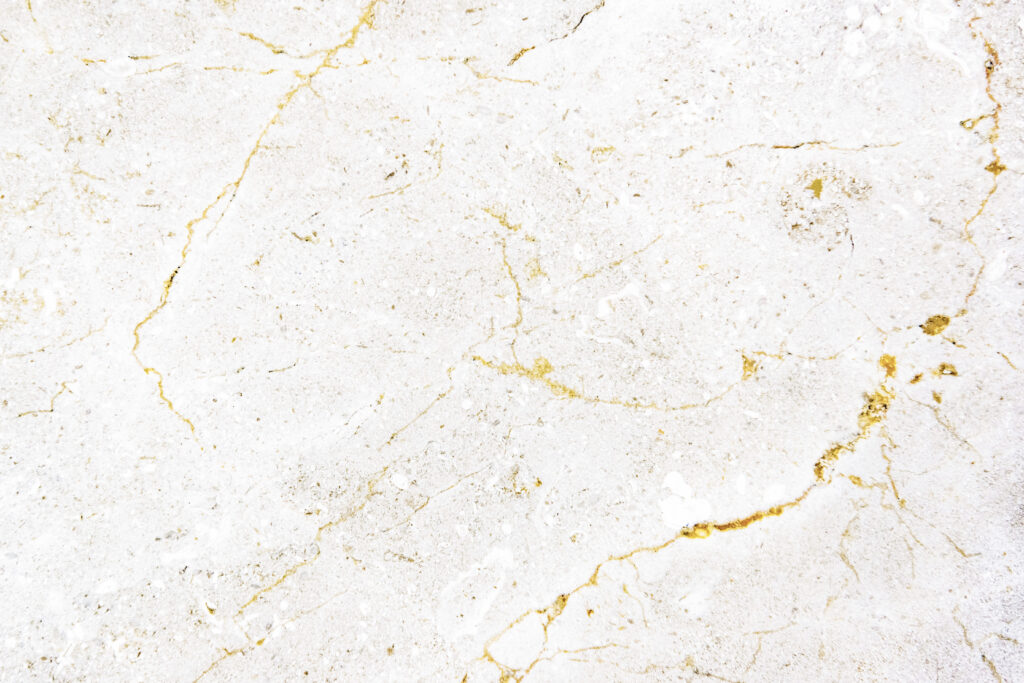Marble Blocks

Marble Blocks
Marble is a metamorphic rock formed over thousands of years when marble is subjected to high temperatures and pressures, resulting in a stone capable of taking a high gloss polish. This timeless material serves as the foundation for architectural marvels, artistic masterpieces, and beautiful, long-lasting living spaces. More than 90% of marble is composed of calcite (calcium carbonate). However, it is the remaining percentage of “impurities” that give the various varieties their distinct colours and characteristics. Marble comes in a variety of colours, including translucent white, brown, red, green, black, and grey. It can be uniform in colour and texture, or it can have spots, swirls, or veins.
Description
Marble must be found and extracted from nature, despite being used in cultures and techniques all over the world. Marble can be found in irregular agglomerations encrusted into the mountainside or in elusive veins. And every now and then, marble forms the heart of the entire mountain. Marble has the unique ability to achieve a natural glasslike polish without the use of waxes or other chemical compounds. Abrasion is used to polish marble until it achieves its natural glossy lustre. This luxurious finish can last for centuries if properly cared for.
Marble has been used to construct world-famous monuments such as India’s Taj Mahal. Marble was the foundation of Greek architecture and was used to construct the Parthenon and the Acropolis. Marble is one of the most adaptable materials ever discovered. Its elegance and durability make it an excellent choice for a wide range of applications. The three primary uses of marble, however, are construction, interior decoration, and sculpture.
Because of its clean and aesthetically pleasing architectural style, marble works well as a construction material in modern building designs. It works well with ceramics, wood, and other common building materials. Marble is extremely durable and can be used in high-traffic areas such as stairwells and hallways. Marble is simple to use, clean, and care for. Marble tiles can be used on nearly any surface. They can be cut to fit specific measurements and are perfectly adaptable to humid environments if properly applied.
Marble’s elegance and durability make it an excellent choice for kitchens, bathrooms, and staircases. Marble is frequently used to create intricate tile mosaics by combining stones of various classes and colours. Marble flooring gives any room a sophisticated and elegant appearance. However, sculpture is not the only artistic application of marble. The creation of intricate mosaics is one of the most valuable uses of marble. The Romans taught this technique, which allows the natural beauty of the stone to shine through both abstract geometrical patterns and perfectly realistic images.




